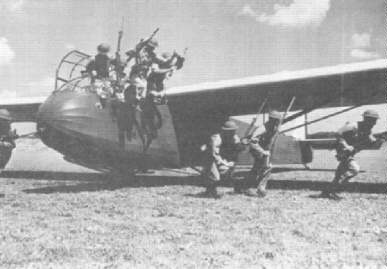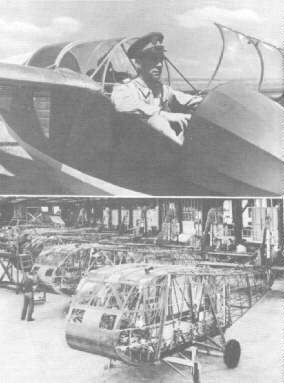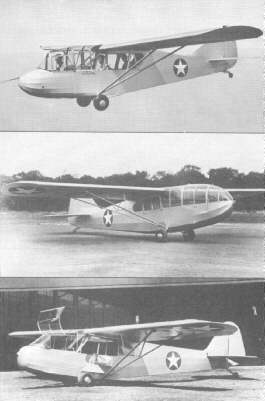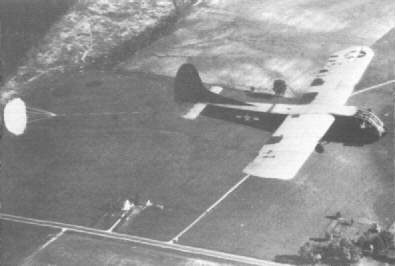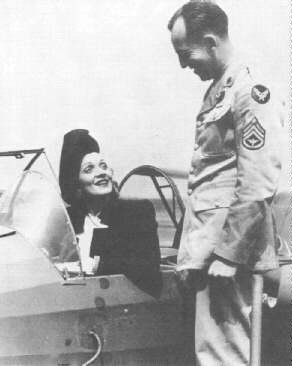
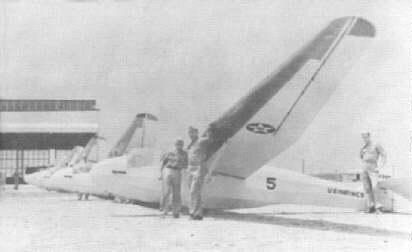 |
|
Paris Island, South Carolina, May 1941. U.S. Marine Corps student glider pilots preparing for a training flight in their Schweizer 2-place sailplane, The U.S. Navy and Marine Corps designated this glider the LNS-1. In the U.S. Army it was known as a TG-2. U.S. Marine Corps |
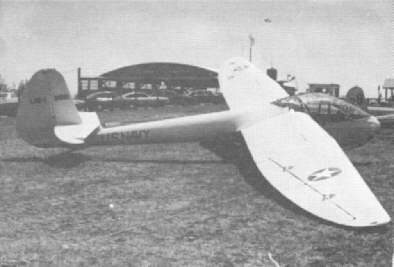 |
|
The U.S. Navy's 2-place (side-by-sideseating) Pratt-Read
LNE-1 training glider. Pratt-read built 100 of these sleek sailplanes
during World-War II. Seventy-three or them were transferred to the
U.S. Army where they were redesignated as TG-32 training gliders.
Vintage Sailplane Association
|
